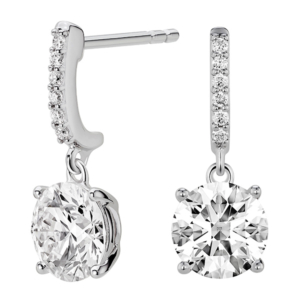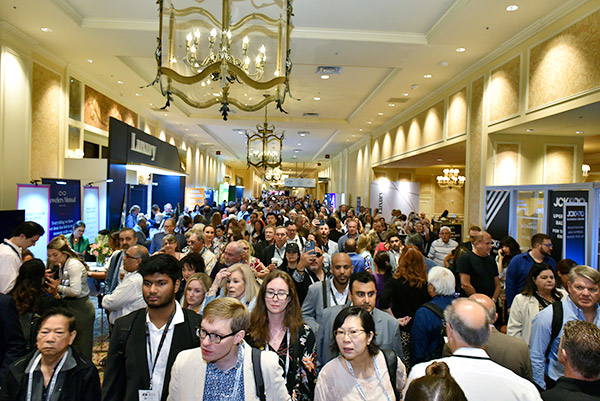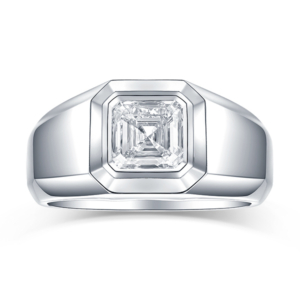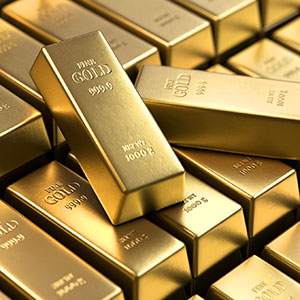
Lab-grown diamonds and traceability were major topics of conversation at last week’s JCK Las Vegas, where buyers were optimistic about business in general.
Aida Leisure, founder and owner of DBS Fine Jewelers in St. Michaels, Md., said she appreciated the JCK Talks educational sessions for helping her understand what is new when it comes to lab-grown diamonds.
“My interest for this show is how lab-grown diamonds are being marketed: Should it fall under a fine jewelry category or bridge fashion?” she said.
Dan Dement, owner of Stone Oak Jewelers in San Antonio, said there’s a “lot more acceptance of lab-grown diamonds. People are coming in asking for them.”
But he wishes for greater clarity on prices. “Prices are scary,” Dement said. “I don’t see how they can continue to fall at the rate they have. I think it’s time to have some stability.”

Jeffrey Cohen, president of Craft Lab Grown Diamonds, acknowledged that prices are not moving in the same direction as demand for lab-grown diamonds, which is rising.
“Right now in the lab business, we are in the Wild West,” he said. “You have people who are out there dumping goods without thinking of the long-term business. They are taking the value out of the product. Consumers don’t even want it that cheap.”
Vinit Jobanputra, president of Sanghavi Solitaire, said the trick to handling lab-grown diamonds is to “parachute down.”
“You buy quick, sell quick,” he said. “Replenish lower. People who don’t sell quick enough are taking the biggest hit. We keep lowering prices. We want to be the cheapest.”
He noted that a 3.12 ct. F VS1 he was selling for $2,500 last year now sells for $1,250.

Jobanputra added that retail margins for lab-growns have held up, but he expects that will change as online competition intensifies.
Another diamond-related subject on the minds of many JCK attendees: possible sanctions on Russia.
Though the recent G7 summit did not come out with an expected ban on Russian polished gems, participants in JCK’s “Natural Diamond Updates” panel warned show attendees to expect sanctions.
Tiffany Stevens, president and CEO of the Jewelers Vigilance Committee, explained that the traditional way U.S. sanctions work is they start small, then “ratchet up.”
All of this has meant improved provenance tracking. “Knowing where a diamond comes from has become increasingly important,” said De Beers CEO Al Cook at a ceremony opening his company’s booth, which was touting the company’s Code of Origin services.
He added that De Beers, like the rest of the industry, has become more committed to sustainability—right down to the decor at its Vegas booth. “Even the plants will be replanted and donated to local organizations.”
On another buzzy topic—the economy—JCK buyers generally agreed that the jewelry business had fallen from the heady days of 2021 and 2022, but some said their sales are still strong, especially on the high end.
“Customers are buying like crazy,” said Cathy Calhoun, owner of Calhoun Jewelers in Royersford, Pa. “Custom design work is crazier than ever. We are having trouble keeping up with it.”
She said she’s continuing to buy, if a little more “cautiously” than she did at the peak of the pandemic.
Mehul Shah, head of Shivani Gems in New York City, believes people are ready to spend on jewelry again. “After COVID, there was a boom in traveling,” he said. “But now it’s calmed down. I see the fares, they are very cheap.”
Top: Earrings with 4 cts. t.w. lab-grown round brilliant diamonds in 14k white gold, $3,700; Lightbox
- Subscribe to the JCK News Daily
- Subscribe to the JCK Special Report
- Follow JCK on Instagram: @jckmagazine
- Follow JCK on X: @jckmagazine
- Follow JCK on Facebook: @jckmagazine






